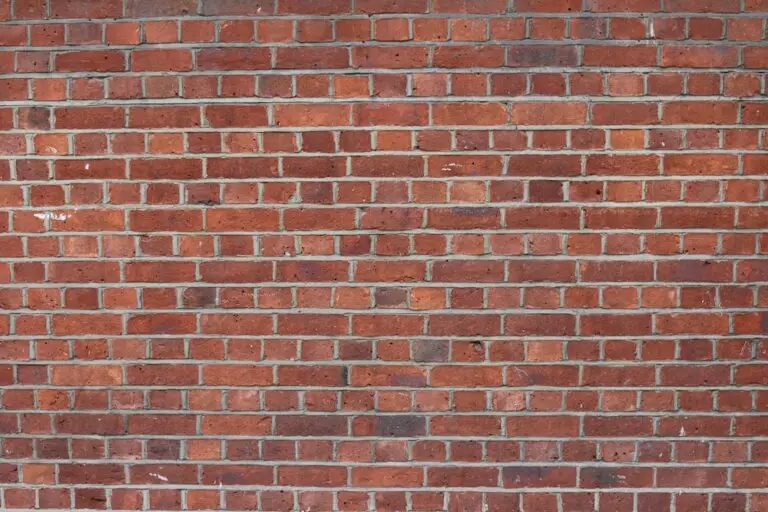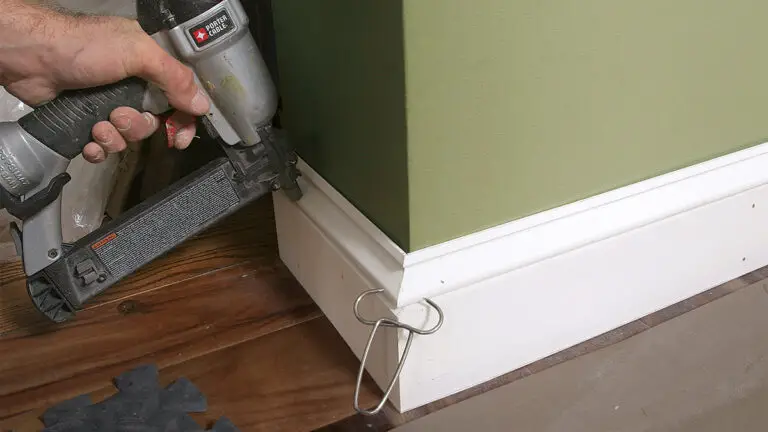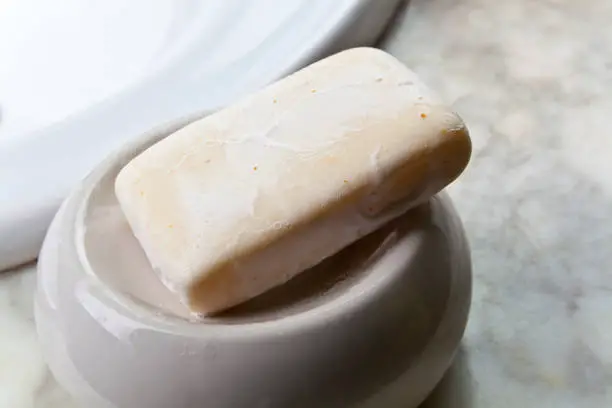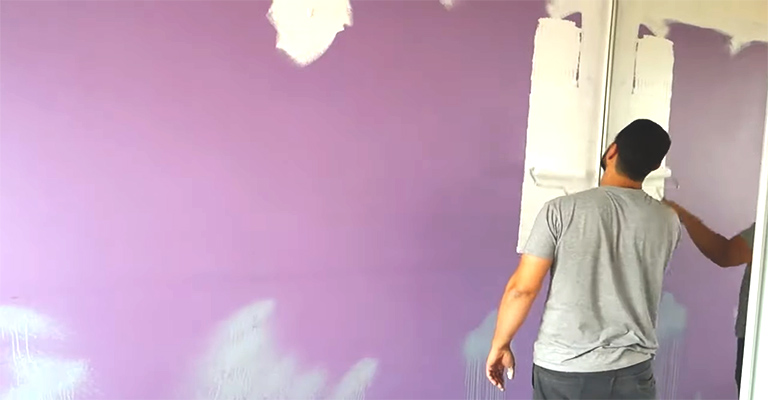How to Insulate a Skylight for the Winter
A skylight can be insulated by making use of polystyrene-based spray foams. Other ways include attaching window film, plastic sheets, or insulation board.
The insulation should be done right as skylights are prone to air and moisture leaks. To make sure the job is done properly, your best choice is to hire a contractor.
How do I Insulate My Skylight for the Winter?
While skylights can be a great addition to the aesthetics of a home, insulating them can be a bit challenging. As the introduction of skylights into architecture is gaining popularity, the best practices are to be followed if desirable output is expected.
Application of Spray Foams
Spray foams can be an exquisite insulator if the conditions are right. The varieties of spray foams you will see offer great insulation value. We know that condensed air is the cause of indoor air leaks. That is exactly why the spray foams are used to prevent warm indoor air from entering the framing cavity.
Polystyrene foam is the best kind of spray foam. Not only does it have a high R-value, but also has good resistance to air infiltration. Such foams do a great job keeping the warm air inside in winter.
In the case of a light tunnel, you need to apply sheets of polystyrene foam to the insides. Using two layers should be a better idea. Then seal all the gaps between sheets with spray foam. Later, use drywall to cover the foam.
When the light tunnel is short, one must fill the space between wooden framing elements with spray foam. You should apply it to the underside of the roof sheathing.
You can get spray-it-yourself foam kits containing pressurized tanks from home improvement stores. These kits are particularly useful for larger areas. Make sure you use proper eye protection and a respirator when using spray foams. Leave the foams for a few minutes to harden, then cut off the excess.
Attaching a Window Film
You can install additional films in the light well. To complete the installation, attach tracks around the inside perimeter of the light well. Heat control window films will do a decent job in blocking the warmth from going out.
Installing Rigid Plastic Sheets
Rigid plastic sheets are also a good option for skylight insulation. They add a dead air space between the skylight and the windowpane. Due to the change in air pressure, the movement of window film is reduced. Make sure the light well is insulated in the attic. Otherwise, the warm air will escape through the light well to the attic which you do not want.
Hinged Foam Insulation Board
A hinged foam insulation board can work just as efficiently as other options. It opens during the day and closes during the night. You can attach it to the ceiling.
What Costs Are Involved In Insulation?
A variety of factors such as the size of the skylight, the material quality, place, and the contractor experience greatly influence the cost involved in skylight insulation. Not to mention, the type of skylight will also play a role here.
Two main types of skylights are regular and tubular. Again, regular skylights can be fixed type or venting type. Tubular skylights are made of a reflective tube that runs from the roof to the ceiling. They are less costly than regular skylights. The tubular skylights tend to generate less heat despite giving off the same amount of light.
A skylight can cost you from $700 up to $3,000. The prices are according to the unit placement and roof construction. Although, insulation takes up just a small percentage of the final installation cost.
The average cost of insulating a skylight ranges from $18 to $51 per window. A number of factors are also associated here. Keeping the loss of energy due to heat in the winter in mind, this is a great deal.
Best Practices For Skylight Insulation
Skylight insulation should be followed according to the best practices and local codes. Otherwise, failure will lead to a host of problems. Some of the problems include glare, heat loss and gain, condensation, and UV ray penetration. The practices used hugely depend on the type of insulation that is being used.
One of the best practices is that if a skylight shaft contains air-permeable insulation, such as cellulose or fiberglass, the insulation should be enclosed. The enclosure should be on the attic side to create an air barrier. In another case, if a skylight is installed in the roof which is over an attic, one must build a shaft to connect the skylight with the ceiling underneath.
As for an optimal option, rigid foam is best suited for an attic-side air barrier. Rigid foams like the expanded polystyrene (EPS) and extruded polystyrene (XPS) contribute to R-value. They also work in blocking the process of thermal bridging through the studs. Although, one thing that you should maintain is that the rigid foam must be sealed with caulk, high-quality tape, or canned spray foam.
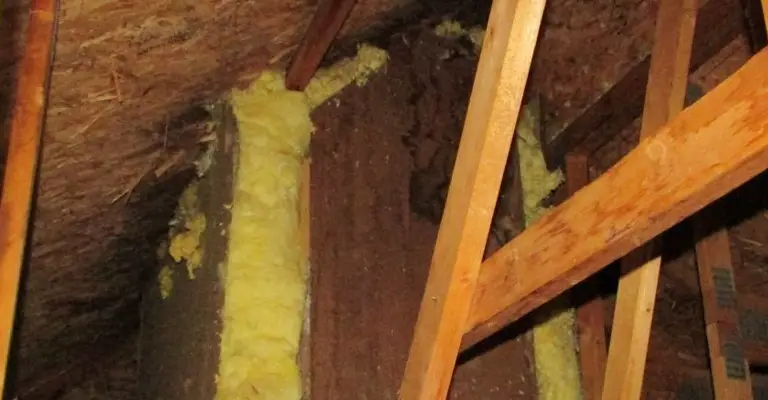
Frequently Asked Questions
Should skylights be airtight?
An airtight condition restricts air movement in the home. This leads to more condensation on windows. Skylights should be installed properly to reduce the chances of condensing and leaking.
Should I insulate skylight wells?
If the attic that the shaft wells pass through is not insulated, then you should insulate the shaft wells to the same R-value as other exterior walls.
Conclusion
Installing skylights in the home adds value for the homeowners. There is no better way of projecting the natural light in winter and also keeping the home warm at the same time. That is why the right insulation plays a pivotal role in determining the energy efficiency of a skylight.

